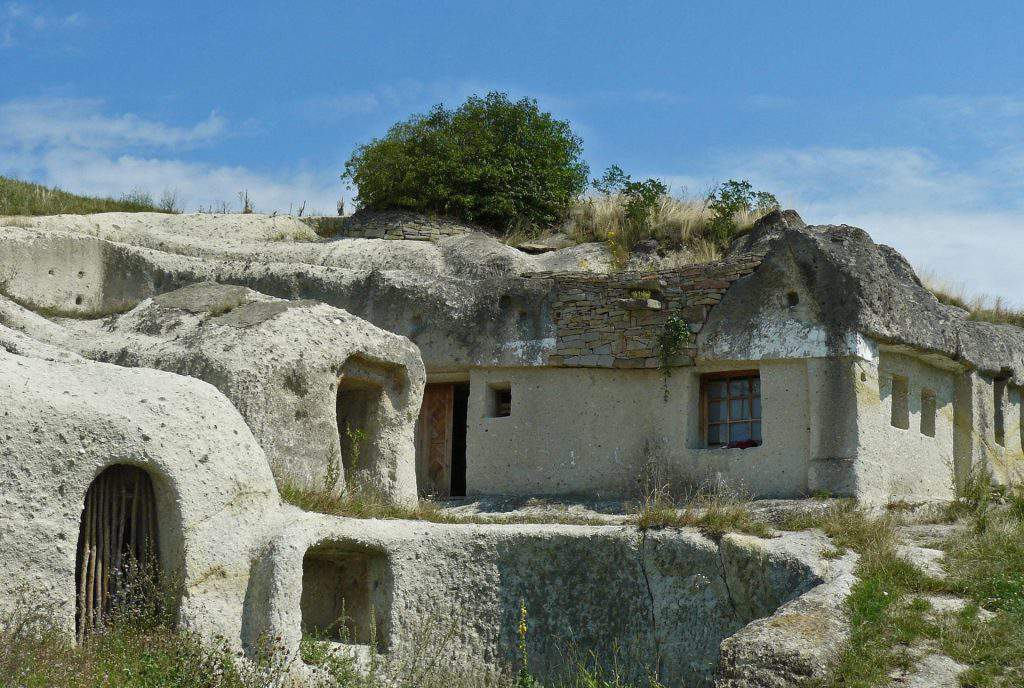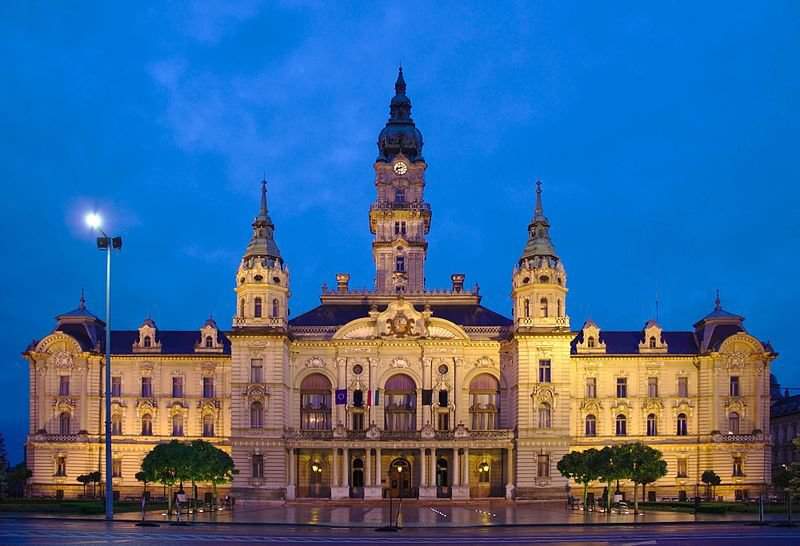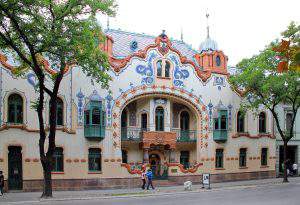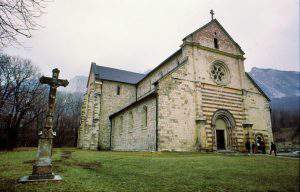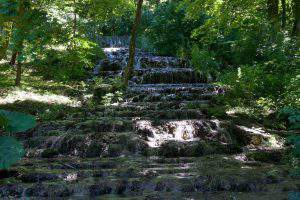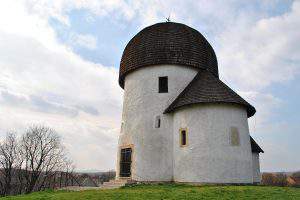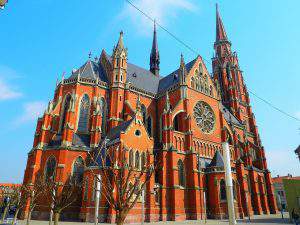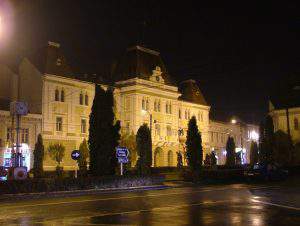19 places in Hungary and the region that you should visit

While there is no doubt that Budapest is a beautiful city, it is not the only destination you should consider in the region: szeretlekmagyarorszag.hu has collected some of the less known, yet beautiful sights you should see if you can.
Kőszeg
If you are taking a walk from the old town of Kőszeg to the Csónakázó lake, you will find a Baroque style church on a small hill. The city view is excellent from there, and the surrounding mountains are visible as well, it’s the best place to relax and enjoy nature.
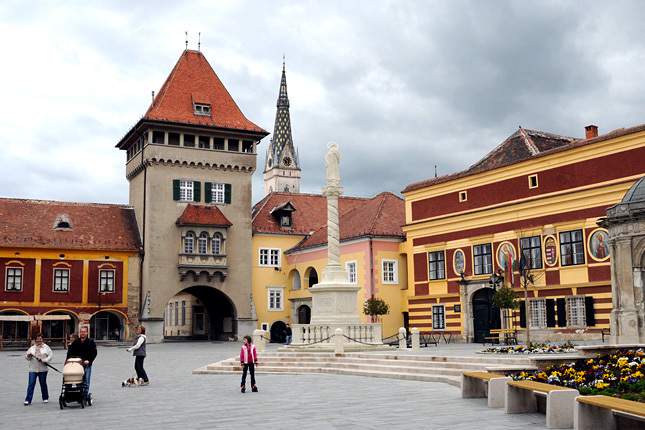
Noszvaj
What’s peculiar about Noszvaj, are the cave dwellings, which were built at the beginning of the 19th century. Back then, people inhabited these ‘houses’ because of the poverty, but now, with only a handful of exceptions, they are used as workshops.
Gaja stream in the Bakony
Hungary’s clearest stream, the Gaja, is located in the East-Bakony, in Veszprém county. From its source, it takes the road to the East and then heads towards West, finally joining with the Fehérvárcsurgói reservoir, which is in the country’s most beautiful area, with the gorgeous Fehérvárcsurgói castle not far from it.
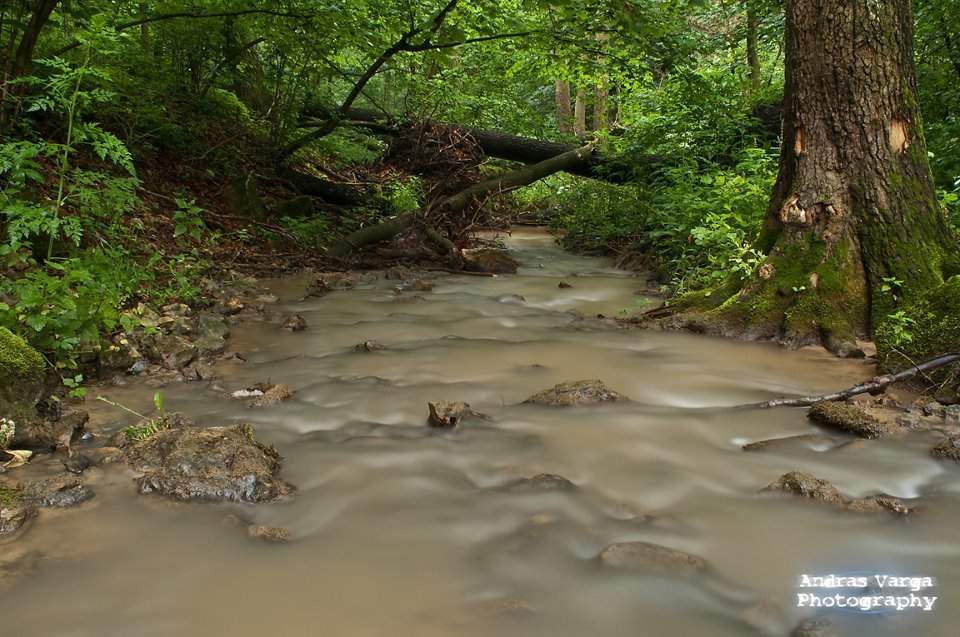
Győr
Győr is one of the top three most beautiful Hungarian cities, with films shot in its old town, where the streets take you back a couple centuries into the past.
The Vácrátót arboretum
There is a story that the arboretum is part of the estate bought by a worrying husband for his wife, who had a hard time getting over the misery of her previous marriage. After purchasing the lot, the man decided to do a makeover on the estate and build a park for his wife, so that she can rest and regain her strength, and also for their three children.
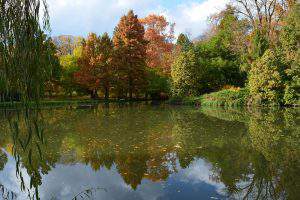
Szabadka
Szabadka is mostly characterised by its neo-classicist buildings: the town’s hall, the synagogue, the library and the Palace designed by Ferenc Raichle, which is a modern art gallery today. If you visit the Franciscan order’s monastic quarters, you might want to know that it was actually built from the remains of the past fortress. The catholic cathedral and the orthodox church are also worth checking out. Szabadka offers great places for excursions, relaxation (Palicsi baths), family programs (zoo), but the one place you should not leave out is the legendary marketplace.
Gergelyiugornya
Surrounded by a curve of the river Tisza, Gergelyiugornya is interesting for its DIY vibe: the majority of the houses were built in the socialist era, in the 80’s, where people rather designed and built their houses themselves than to ask for professional help. Evidently, these houses are made from cheap materials like fir, rails, slates, giving a peculiar, yet interesting air to the small town on the riverside.
Kisoroszi
Though hidden, Kisoroszi is the place to visit regardless of season, thanks to its beautiful panorama. The small township is located at a small corner of the Szentendre Island, with very lucky inhabitants, as it offers nice walks and trips be it spring or fall.
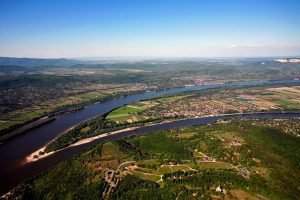
Bélapátfalva
Situated in the Bükk mountains, Bélapátfalva has a beautiful abbey (built in 1232), with the ruins of the monastery around it. Built in Romanian style, the abbey has no towers and was rebuilt in Gothic style in the 14th-15th century. It’s crown jewels are the rose-window on its front, the alternating grey and red bricks, and its gate.
Csaroda
The slim church of Csaroda was built in the 13th century, its interior is decorated with murals portraying Saint Cosmas and Damian, the apostles Peter, Paul and John, Saint Anna, and Holy Mary with the baby Jesus. The murals were discovered in the 20th century, as during the reformation, the Calvinists covered them up.
Baláca
The region richest in roman artifacts is the Transdanubian Balácapuszta, where it’s been 111 years since the first roman excavations have started. You can see the remnants of old houses, community buildings and even cemeteries. It’s worth checking out the mausoleum of the Villa Romana Baláca, with its antique mosaic decorated floors.
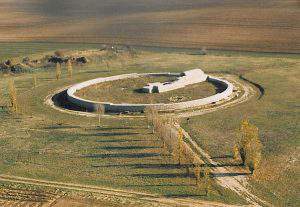
Fátyol-falls
One of Hungary’s most well-known natural wonders is the Fátyol-falls in Heves county. The calcium carbonate precipitates from the Szalajka-stream, creating unique and strange figures and the water falls through this 17 metres long congregation of stalactites.
Mátra
There are three places that you must not leave out if you are visiting the Mátra, one of them being the Sástó Touristic Centre, located around the highest seated lakes in Hungary. The second place is the Gályatető, which is a typical holiday centre around the country’s second highest point. Thirdly, you should check out the Nagy-Lápafő observation post, you can get there by car as well.

Maros county, Mocsárerdő, Romania
A less visited place in the Eastern Karpathians is Mocsárerdő (loosely translated as Swamp Wood), near Reghin, with 400-700 years old oak trees. Even though it got its name from the surrounding swampy land, the region resembles a swamp only in rainy weather, thanks to the sylviculture. Mocsárerdő is a reservation since 1932 as its century-old trees are highly valuable.
Öskü
You will find Öskü’s most interesting building on a small, rocky hill. It resembles a mushroom, and it was built in the 11th century on the remains of a roman watch tower, the vestry was attached to it later, in the 15th century. Originally, the top of it was more like a taper rather than a dome. It got its dome-like top in the beginning of the 1700’s.
Torockó, Romania
Torockó, the most beautiful village of Transylvania is to be found under the protection of Székelykő piton, where the sun rises twice a day: after the first sunrise, the star is hidden by the mountain, and then it rises again.
Talking about Székelykő: the road through the chasm offers amazing sights, with a rock figure that resembles a man. One of the sides of Székelykő is rocky, steep, while the other is covered in grass. If you climb it, you will be smitten by the view.
Osijek, Croatia
Osijek’s most characteristic architectural creation is the Saint Peter and Paul church, with its slim towers reaching up to the sky. The oldest church (built in 1298) is the Saint Michael, the current form of which is the work of the Jesuits from the mid-1700’s. The baroque Town’s Hall is next to the Saint Michael church, it’s worth checking out if you are interested in massive church clocks. The Old Town was built in the 17th century in baroque style, initially, it was a military centre, and it was attached to Osijek only in 1786. Lastly, you should take a walk on the shores of the Drava, making sure to check the bridge.
Odorheiu Secuiesc, Romania
The most famous buildings in this town have very strange histories. One of them, the Csonkavár (the ‘Maimed Fortress’) was built to keep out the szeklers, but then they destroyed it, later it was burnt down by the Turks, then rebuilt, then destroyed again. The other one is the town’s hall. It was decided in 1888 to demolish the old building, but the constructions started only in 1985, as there were debates on how to build the new one. The building was eventually finished in 1897.
Bigér-falls, Romania
Romania is the home of one of the most special falls in the world, a couple years ago it was described as the most beautiful falls of the world by The World Geography. It is eight metres high, and the moss stuck on the rocky sides of it, creates a mesmerising sight of green shades combined with the water’s flow on the stalactites.

Ce: bm
Source: szeretlekmagyarorszag.hu






